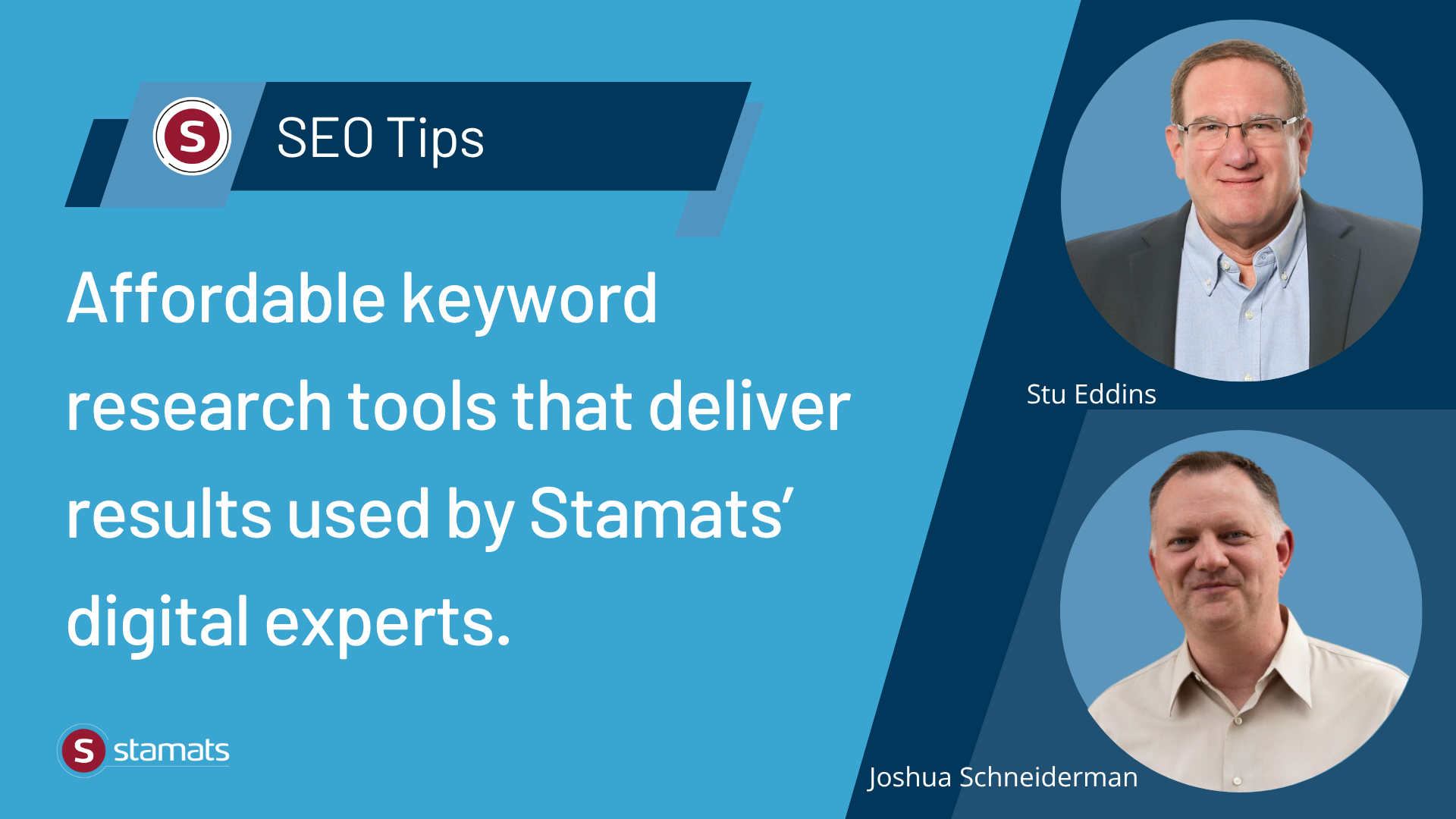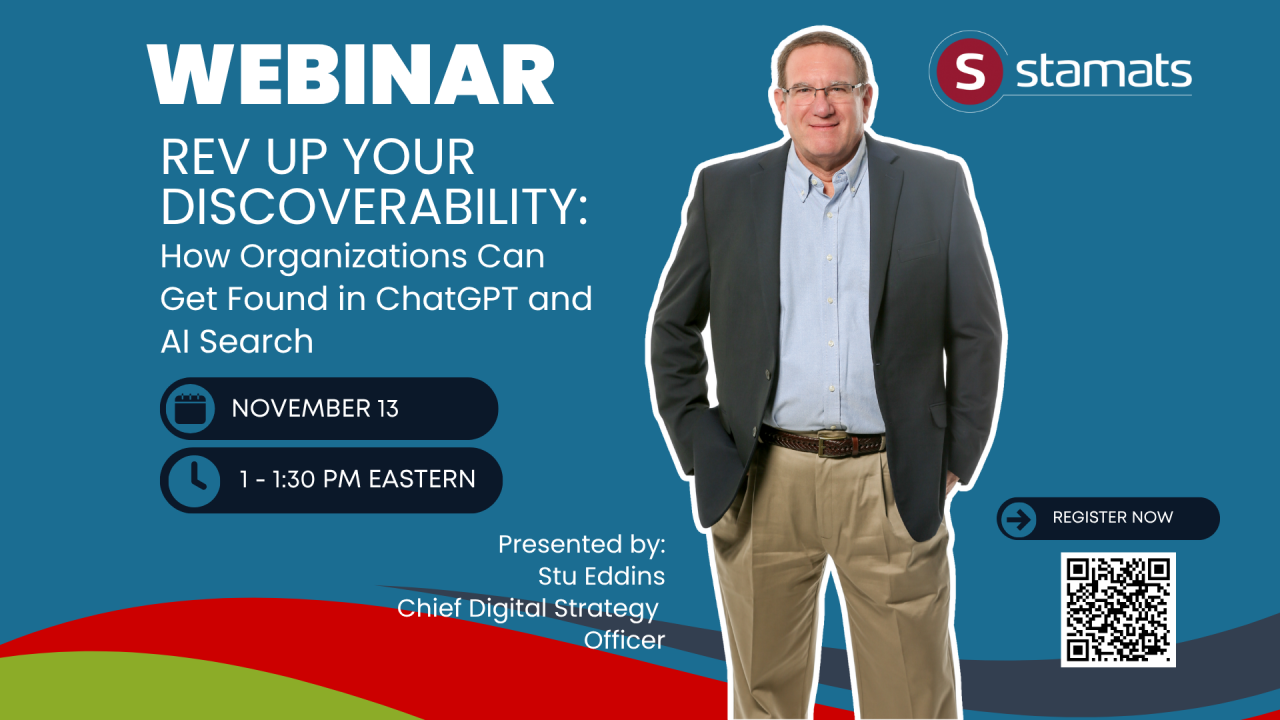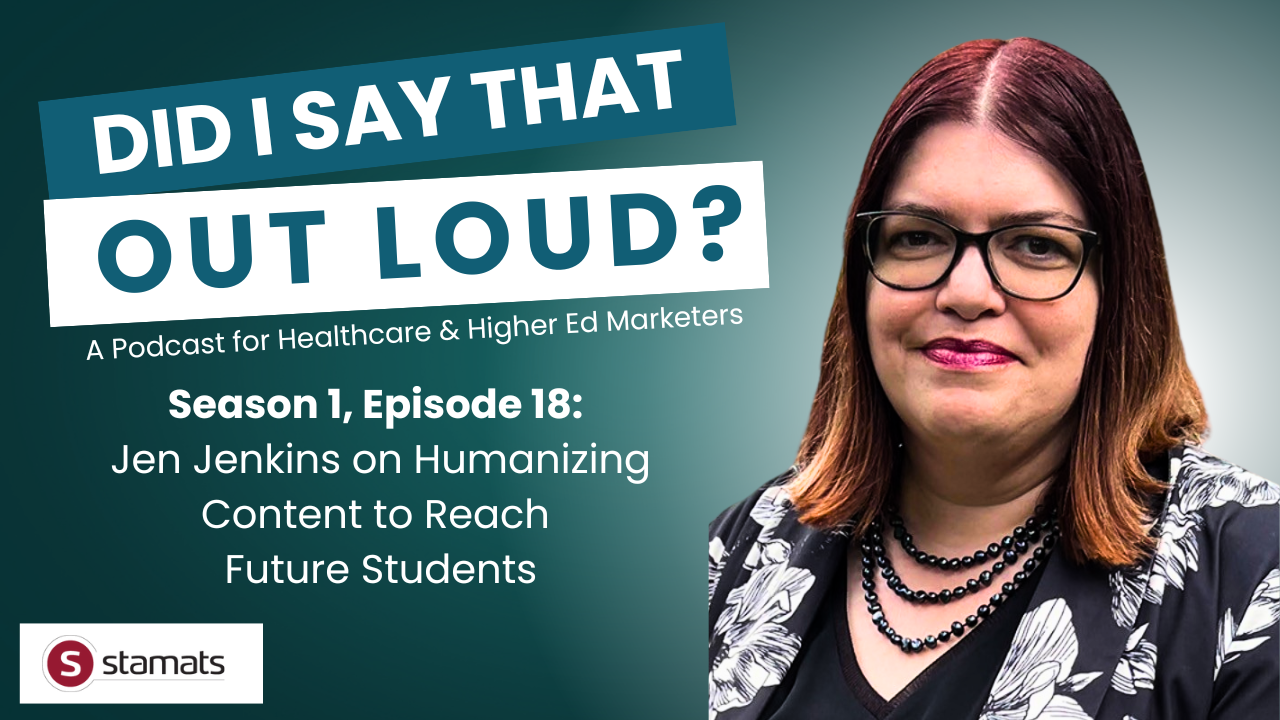Written by
on

If there’s been one constant in the 20-plus years I’ve worked in digital, it has not been “change.” The constant has been the never-ending stream of articles about change.
Rest assured that this is not one of those articles. I will be discussing significant changes to digital advertising in the next year, but I’m not making predictions—I’m offering a warning.
You see, the digital advertising marketplace has already changed and there’s no going back. The only prediction to be made is to forecast for yourself if you will change with the times, or as management pioneer Peter Drucker warns, will you remain rooted in yesterday’s logic?
“The greatest danger in times of turbulence is not the turbulence—it is to act with yesterday’s logic.” – Peter Drucker
Irreversible Change
Several factors have changed, shifting how we advertise online. The first and most immediate factor has been the proliferation of privacy laws, with each new piece of legislation reducing an advertiser’s ability to serve ads to their desired audience. In a very real way, the people we want to reach with our ads are telling us they don’t like how we’ve been doing it.
Next up are the tech wars, exemplified by Apple’s Safari browser which simply won’t accept the cookies that power Google and Microsoft’s ads. Apple was followed by Firefox and other browser providers that uncoincidentally don’t make money off advertising.
For context, on most of the websites where I manage analytics, 45%-50% of all traffic arrives on a Safari browser, and when it comes to paid traffic, Safari’s share approaches 70%.
Finally, over the course of 2024, the growing interest in AI powered answer engines. While the AI option hasn’t begun to devalue search advertising or website visits, many think it’s only a matter of a few years before today’s minor pressure becomes a crushing burden on the current model of search results page.
All of it has changed, none of it is new, and it cannot be undone. Given our reality in 2025, why are so many advertisers holding on to expectations and tactics that represent the flower of 2015 marketing?
Shouting at the Wind
If you visit the message boards and social spaces frequented by digital advertisers you can’t miss the undercurrent of resentment that surrounds topics like Performance Max, keyword match types, and the near total removal of user data. Typical complaints suggest that Google and Bing are being intentionally obstructive so that they can make more money from each account.
The search engines are in it for profit, there’s no argument about that, but I lean toward thinking that privacy laws and browser wars are more the cause for ad platform changes.
The situation can be frustrating, I agree, but it doesn’t need to be more than that. We can shout at the wind all we want to, but it won’t change anything. If the ad platforms must change to keep pace with the times, that means that the advertisers must too.
Continuous Learning Is Fundamental to Success
When change is forced on us, it usually isn’t fun, and it brings with it a good amount of uncertainty. Change also causes turbulence as Mr. Drucker points out, and in the case of digital advertising, our well-ordered methods that delivered success time and time again get churned up in the prop wash.
However, if we’ve been paying attention, and we are willing to pull our eyes up from our ingrained way of doing things, we can begin to see opportunity and not just loss. We are going through a time of change, and that means to continue being successful at marketing we need to take the time to learn the new order of business. We need to learn how to be successful in an all-new way.
Everything Is Context
If the previous era of digital advertising was based on targeting ads through precision tracking, the next era is based on context. Banner ads have been using contextual targeting for ages, but how would that work for search ads which use keywords? The first step is to expand your definition of context. What if instead of targeting context, we create it?
Google and Bing know a lot about their search users, but they can’t share 99% of it with us (it’s that privacy thing again). Because search engines know so much about the search user, they understand the context of the user and their search query. Knowing that, they can serve our ads when our campaign fits within that context. Magical.
What is the “context of our campaign”: The strongest signal in determining context is landing page content. Search engines understand the meaning of your page and use other secondary signals like keywords and audience lists to determine if you are providing the correct context for the user’s search. Add in your bid limits and Bing or Google knows how, when, and where to serve your ads.
Summary
The way digital campaigns serve ads to consumers is changing due to privacy laws, competitor browser technology, and the growth of AI-enabled search. Methods of managing digital campaigns that have worked for years aren’t as effective as they once were and will likely continue to lose ground. Marketers must learn new ways to deliver success on the privacy-first internet, and a good first step is to understand and incorporate context as a targeting tool for any type of campaign.
It won’t be easy, and in the beginning, it may seem awkward. We can choose to keep doing what we have been doing while shouting and cussing about the injustice of it all, or we can embrace change and learn new methods for success.
The good news is that in early 2025, we can manage how we transition from old to new methods. While the need to keep learning creates a sense of urgency, there is no deadline. We can pace ourselves and take the time to really understand our tools and our audience much better.
Stamats is here to help! Contact us for a FREE Google Ads assessment.
You’re 10 days away from a better performing campaign.


